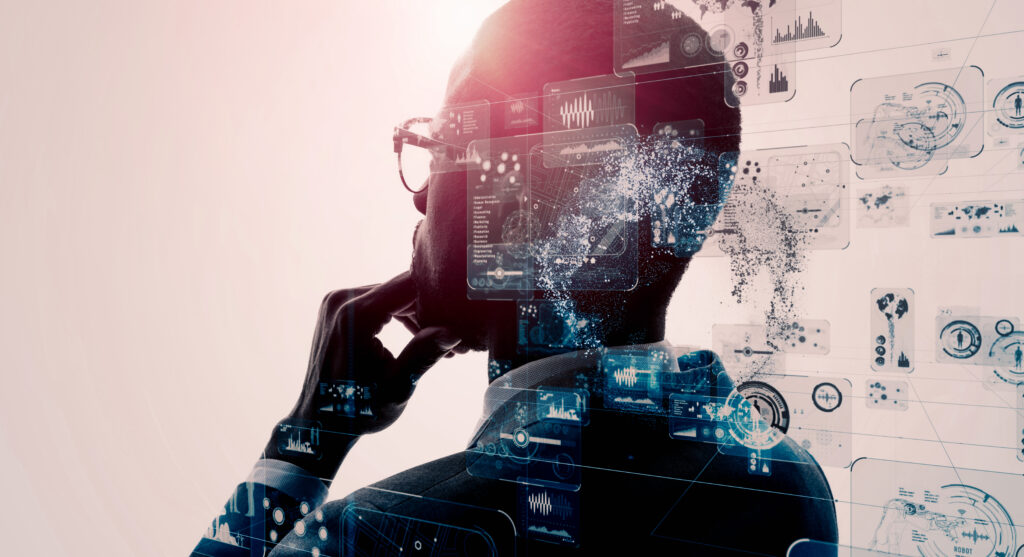AI, or artificial intelligence, is not new. However, it has certainly been a hot topic in 2023. Different forms of AI are already in use in marketing and programmatic buying, digital targeting, predictive modeling and forecasting, e-commerce product recommendations, and reactive customer service chatbots. The emergence of new generative AI—in the forms of ChatGPT, DALL-E, and Google’s Bard—has put the focus on the benefits as well as the potential pitfalls of the next round of artificial intelligence in marketing.
What is generative artificial intelligence? Most of what we see today in AI is based in machine learning, in which a system is trained to learn from multiple data sets and examples. Generative AI takes what it learns to create new content, including audio, images, text, and video.
Will this impact media now? While AI is already an important part of how paid media operates today, the top players (Google, Microsoft and Meta) are quickly testing and integrating generative AI into their product offerings. Google will be rolling out generative AI in search and Performance Max. Snapchat and TikTok have already launched generative AI options for lenses and filters. Meta announced testing of its AI Sandbox for select advertisers in May 2023, with expanded access beginning in July. All of this assists with creative and copy generation, and can feed into testing strategies.
How can or should this affect my business? Generative AI can be a powerful tool for enhancing customer experience as well as productivity. If your organizational objectives are clear and there is a level of dedication to experimentation inside your culture, there are several clear opportunities.
A few thought-starters:
- Generate product descriptions, titles, and specifications more quickly for e-commerce platforms and catalogs.
- Power virtual product trials, e.g., using Google’s new virtual try-on for apparel.
- Enhance personalized recommendations using customer preferences, browsing behavior, and purchase histories. This can include personalized recommendations for additional or “forgotten” items at checkout, reducing cart abandonment and/or increasing order revenue.
- Augment the chatbot experience. Beauty retailer Sephora uses virtual try-on as well as product finding within its Virtual Artist chatbot, making the interaction more engaging and helpful.


Is this going to replace humans? Ultimately, our use of AI should be focused on the enhancement of work and shifting of tasks and not totally replacing the human touch. The days of hours spent generating multiple headlines and iterations of website, search, and social copy may be fading. Keep in mind that AI systems are still trained on large generic data sets, and people are still needed to vet for quality, authenticity, and emotion. This technology will represent change to how we work, but it will likely not be the “job-stealer” some have worried it would become. For example, Forrester currently estimates that less than one percent of U.S. ad agency jobs will be impacted by automation and generative AI in 2023.


